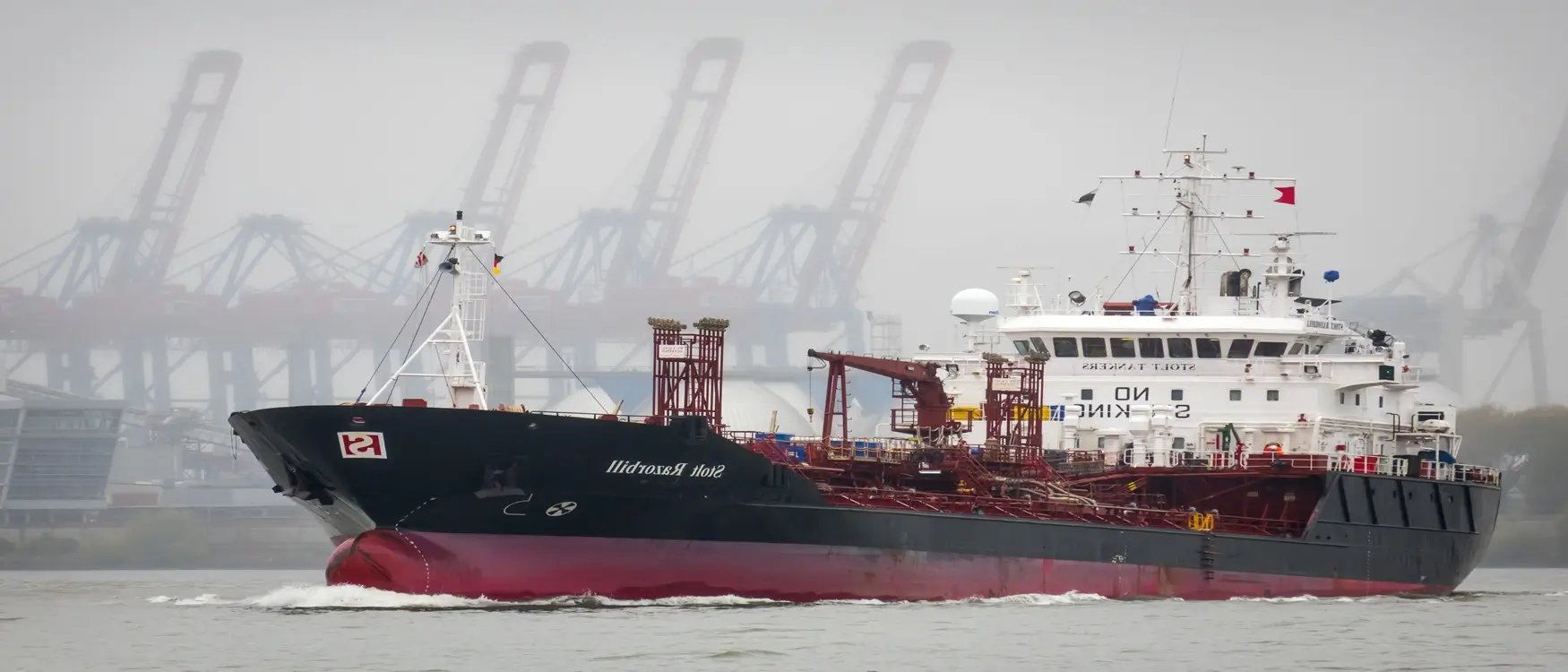Approved Ship Stability Refresher
Refresh your knowledge and stay compliant with our 1-day Approved Ship Stability Refresher Training Course, designed for deck officers and masters seeking to maintain proficiency in vessel stability principles. This focused course covers key topics including hydrostatics, stability criteria, effect of free surfaces and weight distribution, trim, and the use of stability data and onboard calculations.

Description
This intensive 1-day Approved Ship Stability Refresher Training Course is designed to help deck officers, masters, and maritime professionals reinforce their understanding of key ship stability principles in line with STCW requirements and flag state revalidation standards. The course provides a comprehensive review of both theoretical concepts and practical applications, ensuring participants remain confident and competent in managing vessel stability across a range of operating conditions.
Participants will revisit essential topics such as transverse and longitudinal stability, centre of gravity (CoG), centre of buoyancy (CoB), metacentres, and the theory of moments. Through practical examples and guided calculations, the course examines the effects of weight changes, trimming, and the use of onboard equipment such as cranes, with a focus on the importance of regular monitoring and understanding the ship’s Stability Booklet.
Key operational concerns are also addressed, including the free surface effect of liquids in tanks, deck edge immersion, stiff and tender vessel behaviour, and critical KG limits. Special attention is given to the stability risks associated with tug and tow operations, deck cargoes, wind exposure, and ice accretion. The course also touches on catamaran-specific stability issues and explains the purpose and procedures behind the inclining test.
By the end of the training, attendees will have refreshed their ability to assess stability conditions, anticipate risks, and apply corrective actions in real-time situations. Taught by experienced instructors using real-world scenarios, this refresher is ideal for anyone looking to maintain compliance, enhance safety, and confidently manage vessel stability on board.
Content
-
Ship Stability Basics
-
Common terms and definitions used in ship stability
-
-
Principles of Transverse Stability
-
Centre of Gravity (CoG), Centre of Buoyancy (CoB), Keel (K), and Metacentre (M)
-
Rolling motion and CoB shift
-
Theory of moments, righting levers (GZ), list and heel
-
Stable, unstable, and neutral equilibrium conditions
-
-
Weight Changes and Their Effects
-
Effects of adding, removing, and shifting weights
-
Simple transverse stability calculations
-
Changes in draft and trim due to weight distribution
-
Trimming moments and longitudinal stability
-
Longitudinal Metacentre (ML) and Longitudinal Centre of Flotation (LCF)
-
Importance of regular stability checks and monitoring weight changes
-
-
Stability Documentation
-
Purpose and use of the vessel’s Stability Booklet
-
-
Stiff vs. Tender Vessels
-
Characteristics, handling, and operational implications
-
-
Crane Operations and Centre of Gravity
-
Impact of crane use on CoG and overall vessel stability
-
-
Free Surface Effect
-
Effect of slack tanks on stability
-
Influence of fuel and water consumption
-
Water on deck and its impact on transverse stability
-
-
Critical KG and GM Calculations
-
Determining safe vertical centres of gravity
-
-
Inclining Experiment
-
Purpose, procedure, and interpretation of results
-
-
Deck Edge Immersion
-
Causes, risks, and stability implications
-
-
Catamaran Stability
-
Key differences in stability behaviour from monohull vessels
-
-
Operational Risk Factors
-
Tug and tow risks related to dynamic stability
-
Stability considerations for deck cargoes
-
Effects of wind pressure and ice accretion on stability
-
Who is it For?
Deck officers and senior engineers. Cadets are also welcome.
Prerequisites
A discharge book for a deck or engine officer or cadet.
Want to run this event in-house? Enquire about running this event in-house
Interested in attending? Have a suggestion about running this event near you?
Register your interest now
Suggested Courses For You
IMO Model Course 6.09 Training for Instructors (Approved)
The Approved IMO Model Course 6.09 Training for Instructors is designed to allow you to relate your knowledge and experience to facilitate, deliver and assess competence standards and courses required by the STCW Convention. For greater value, we also include other educational certificates.
ISM Critical Equipment Course (Approved)
The ISM Critical Equipment course is a one-day course designed to equip maritime professionals with the essential knowledge to identify and manage equipment whose failure could lead to hazardous situations. Focusing on ISM Code section 10.3, the course emphasises enhancing equipment reliability through proper maintenance, testing, and compliance, reducing risks and ensuring safe, efficient operations.
ISM Designated Person Ashore (DPA) Training Course (Approved)
The Designated Person Ashore (DPA) course meets IMO MSC-MEPC.7/Circ.6 requirements, ensuring participants are fully qualified to undertake the role of Designated Person Ashore (DPA) under the ISM Code. It covers safety management, risk assessment, legal responsibilities, and the human factor, equipping participants with the skills to implement and maintain a company’s Safety Management System (SMS).

